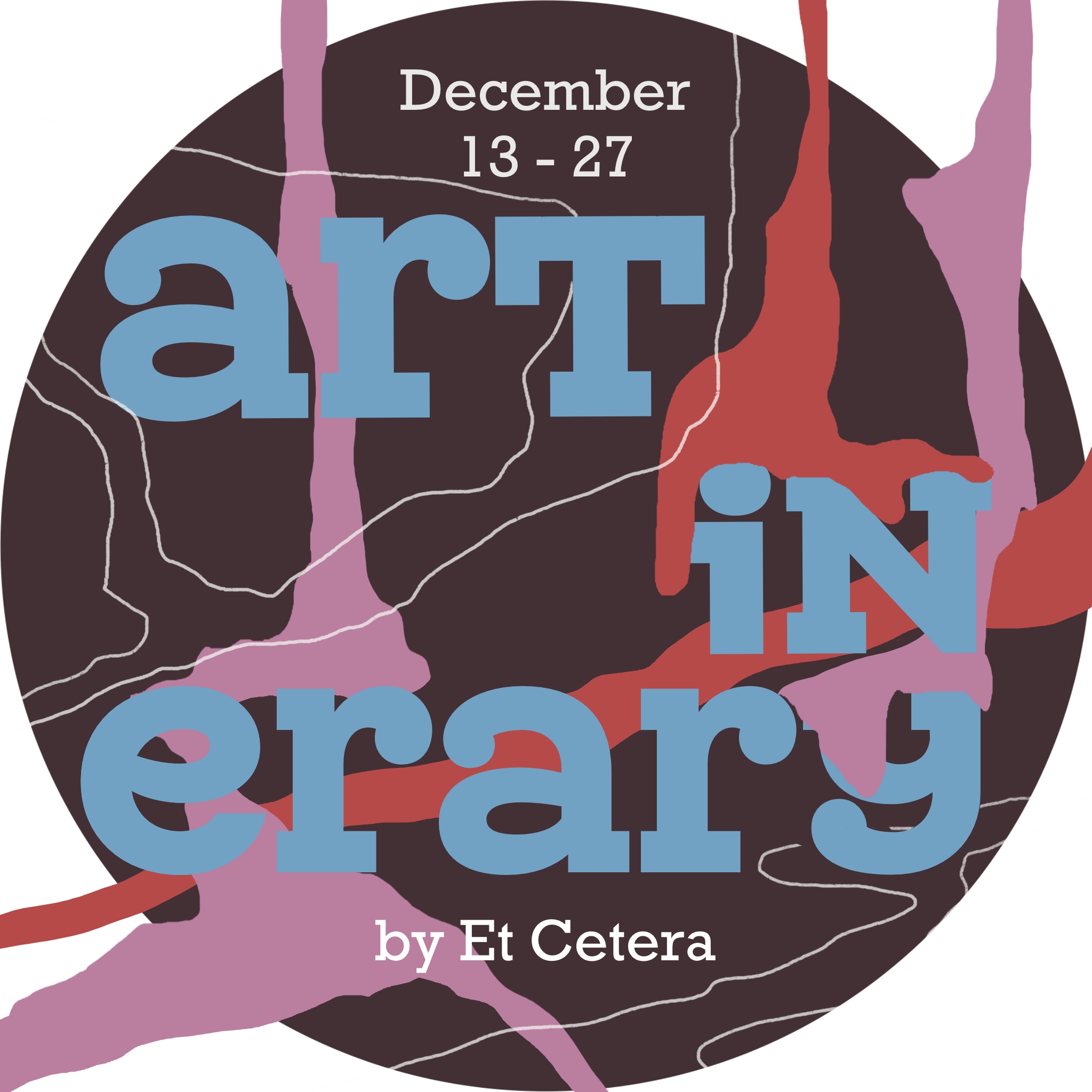
A few weeks ago, Anush Davtyan opened her first solo show, which I had the privilege of curating. As we were putting together this exhibition that captured ordinary urban life in Yerevan, the artist and I were grouping her works into themes—traffic, drivers, street cleaners, bus and subway commuters, street signs, war, ethnic cleansing, children… It was then that the stark “normal” abnormality of our reality hit us with the simplicity and directness of children’s drawings. We have become so numb to destruction today, when yet another country in the Middle East has just collapsed, and one more ancient Armenian community faces total erasure in Syria, those cataclysms appear to be a daily chore to endure until we wake up to yet another panic-ridden newsfeed the next day. So when the future of humanity seems like an increasingly distant prospect, it feels silly to be wasting time on the social or philosophical proposals of art. But as Davtyan’s quietly powerful project demonstrates, art is still one of the few things, if not the only one, that can momentarily take us out of reality in order to show the possibility to begin anew and reimagine our path forward. And never has such an escape been as relevant as it is at the moment.
EXHIBITIONS
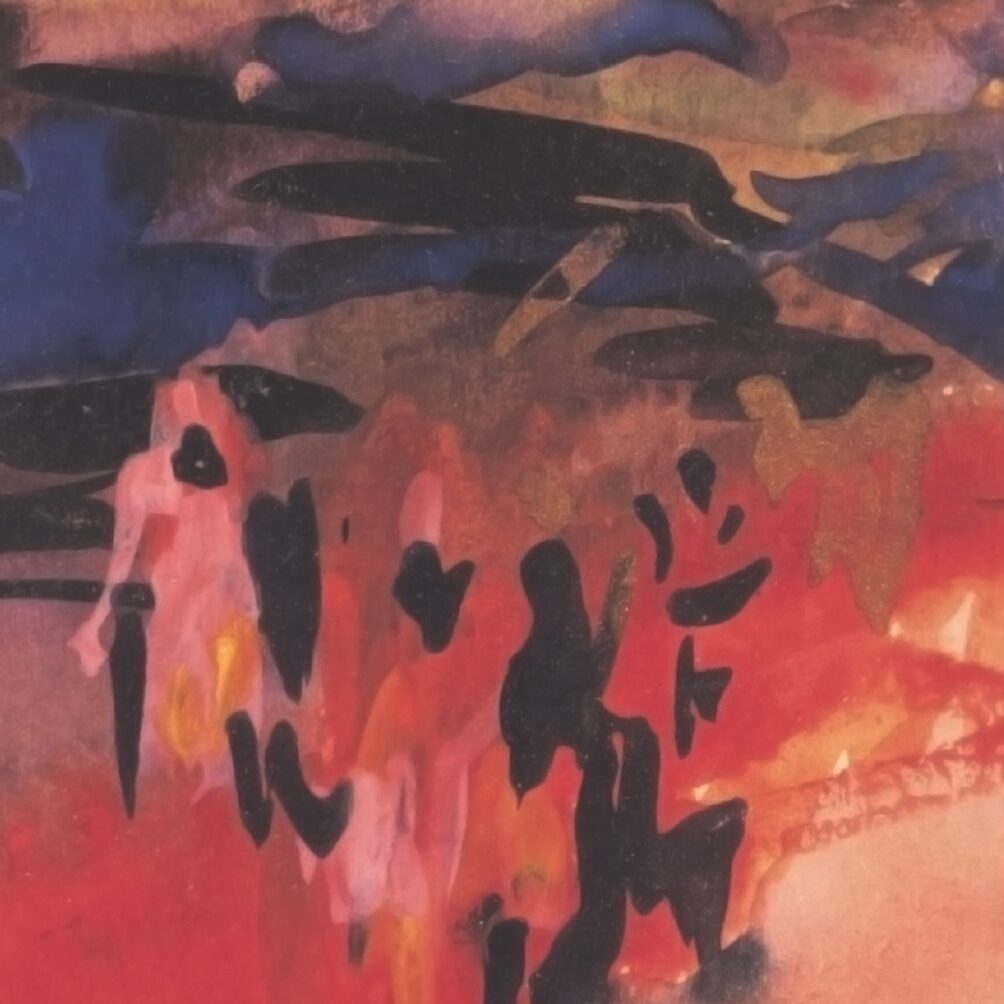
All those who think that modern Armenian art is just a derivative footnote in the annals of West-centric art history, should spare an hour or so and visit the exhibition Vahram Gayfejyan: At the Origins of Abstractionism, held at the National Gallery of Armenia. Dedicated to the 145th anniversary of this great, yet underappreciated painter, the show focuses on the earliest, experimental phase of Gayfejyan’s career, when he became one of the very first artists in the world to broach the idea of non-objective representation, years before Wassily Kandinsky’s first official abstract work in 1913. Curator Lilit Sargsyan has assembled all known examples of Gayfejyan’s pro-abstractionist series, showing how the artist gradually pushed beyond the limits of his impressionist technique, to explore purely formal relationships between color, line and space. Though he never pursued this line into a theoretically-formulated methodology—as in Kandinsky’s case—Gayfejyan’s bold experiments force us to rethink the history of modernist art as a purely European-driven phenomenon.
Exhibition: “At the Origins of Abstractionism”, Vahram Gayfejyan
Where: National Gallery of Armenia
Republic Square, Yerevan
Dates: Open from December 6
•
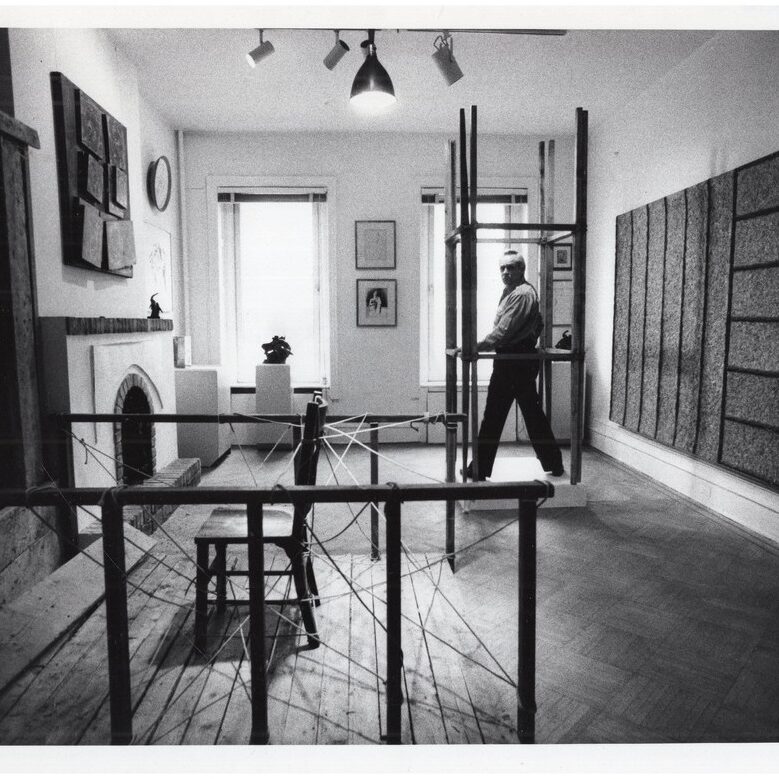
Another grand master of 20th century art history receiving an overdue reassessment is Marcos Grigorian—the Armenian-Iranian-American conceptual artist who helped to spearhead contemporary art in Iran during the 1950s and invented a new medium called “earthworks”. Though widely recognized for his extraordinarily diverse and influential practice, Grigorian’s engagement with performance art has largely been sidelined, if not forgotten. That oversight is being addressed by the exhibition Marcos Grigorian: Performative Metaphors at the Institute for Contemporary Art. Curated by Ruben Arevshatyan, the show brings together archival and photographic documentation of Grigorian’s performative acts that “contemplate the delicate infinity of existence, drawing from his personal experiences with life’s unpredictability and the complex layers of cultural memory.” The focus on the intangible balance between eternity and evanescence is not surprising for an artist who made art out of raw earth. But it is doubly fascinating to see the artist himself—who even managed to briefly become a movie star in Iran, in the 1950s—enact these ideas through his own body.
Exhibition: “Performative Metaphors”, Marcos Grigorian
Where: Institute for Contemporary Art
47 Avet Avetisyan St., Yerevan
Dates: November 14-January 30
•
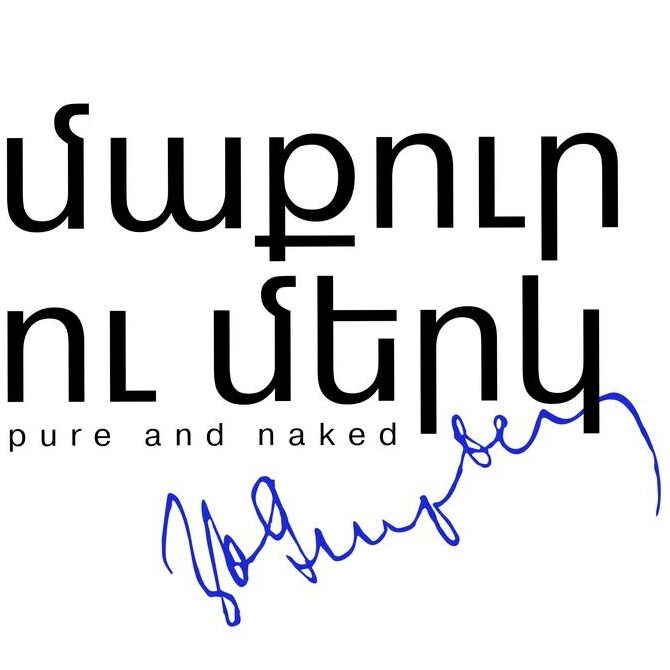
There is a distinct provocation in curator Siranush Kostanyan’s exhibition title. What is to be naked in the age of privacy’s almost total erasure, and how can anyone be “pure” at what appears to be a time of global war and ecocide? Perhaps the only thing that we need to be naked about is our complicity in these issues and our collective inability to change the self-destructive course of humanity. Kostanyan’s show takes her cues from Yeghishe Charents’ controversial erotic poetry from the 1920s to investigate how contemporary Armenian artists envision the socio-political implications of nakedness in our times. Including the work of five established and emerging artists, the show’s most pertinent lesson, perhaps, is that nearly a hundred years after Charents made his groundbreaking claim for personal and cultural liberation, we’re still gently prompting Armenians to come to terms with the impure realities of the body and its desires.
Exhibition: “Naked and Pure”, Group Exhibition
Where: Yeghishe Charents House-Museum
17 Mesrop Mashtots Ave., Yerevan
Dates: December 6-February 1
•
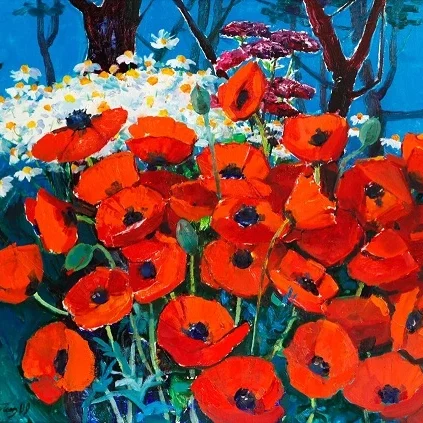
It’s always great to see the opening of new art spaces in a city, because if nothing else, they’re the most potent sign of a developing urban culture. Unfortunately, the new Artist’s House on Zakyan Street (not to be confused with the Artists’ Union Artists’ House), which hosts temporary exhibitions in its shop for artist’s materials, seem quite indifferent to any kind of development in visual arts since Clement Greenberg drew a hard line in the 1940s between the philosophical aspirations of high modernist art and everything else, which he called “kitsch”. And that’s largely what one gets with Hrant Tadevosyan’s (Tatos) solo exhibition, which is described in the gallery’s video reel with breathlessly self-aggrandizing superlatives—legendary, unique, exceptional, etc… The only thing that is exceptional here is the extent to which some artists (and so-called gallerists) have shielded themselves from what art has actually become over the past century.
Exhibition: “Solo Exhibition”, Hrant Tadevosyan (Tatos)
Where: Artist’s House
8 Zakyan St., Yerevan
Dates: December 14-18
•

The collage is arguably the most hackneyed of all the mediums made popular by 20th century modernist art. And while there’s been a steady flow of collage-based contemporary art in recent decades, it’s hard to imagine anything truly exceptional after Pablo Picasso, Marcel Duchamp, Kurt Schwitters and our own Sergei Parajanov who blew open Pandora’s box of cut and paste magic. So, the young Leo Kalashyan, still a student at the Terlemezyan college, is up against quite a formidable legacy with his first solo show consisting of collages made of discarded books and printed matter. To our pleasant surprise, Leo’s works are entirely distinctive and stylistically cohesive meditations on the layers of history, which shine through the fragments of paper materials brought together with a refined sense of composition and metaphoric potential. The show’s success stems from the artist’s refusal to be demonstrably inventive or original with his technique. Instead, he uses the collage as a way of being honest with his own experience as a young man trying to make sense of the world. There is a commendable maturity in the way Kalashyan has allowed the salvaged materials to speak for themselves, and the fact that many of these works were made while the artist was undergoing military service, add a deeper layer of poignancy to an already impressive artistic debut.
Exhibition: “From Tree To Paper”, Leo Kalashyan
Where: Terlemezyan Gallery
39 Arshakunyats Ave., Yerevan
Dates: Open from December 11
•
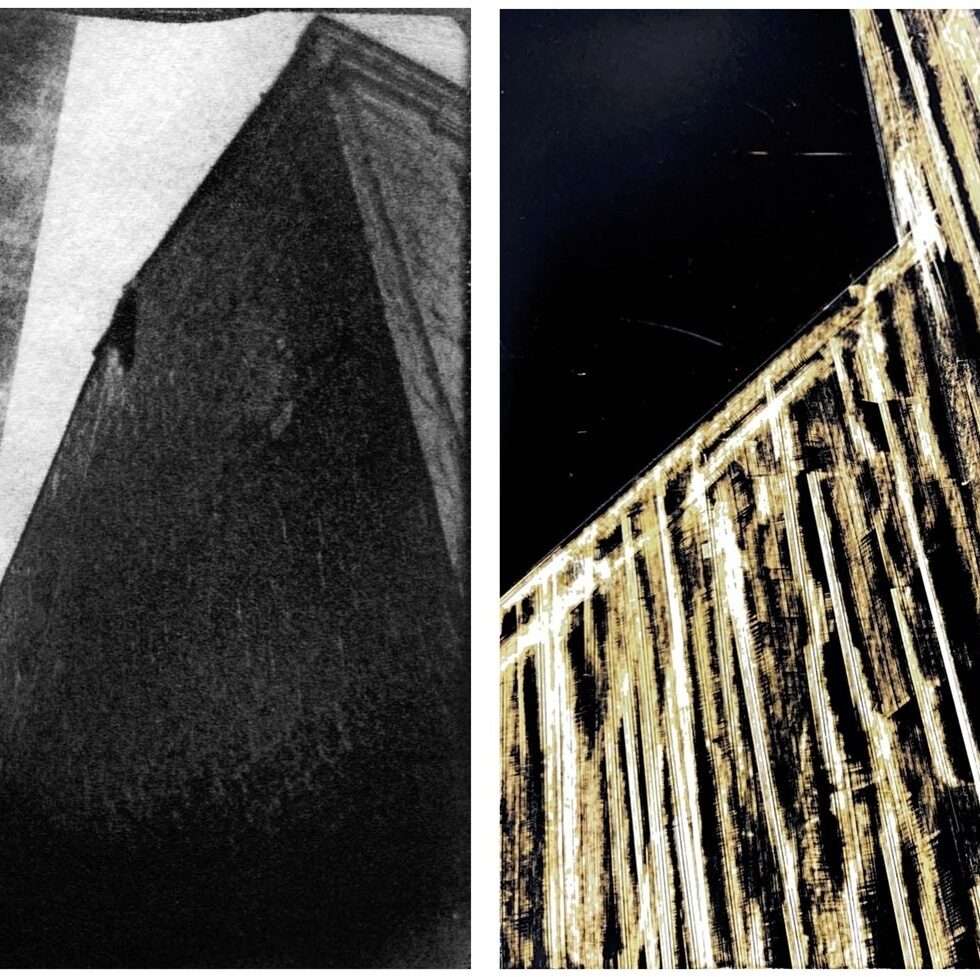
Though the inaugural Yerevan International Photography Festival has now passed, the capital still has some worthwhile photographic gems on offer. Aficionados of the medium should not miss AHA Collective’s new collaborative exhibition by Armen Ter-Mkrtchyan and Bahar Shoghi, which showcases works in the “artisanal” technique of resinotype. The thematic focus of this artistic conversation between two artists of different generations and cultural contexts is the experience of light within the urban environment. Based in Gyumri, Ter-Mkrtchyan has been working with more uncommon photographic processes since the 1990s as a way of capturing the distinctive poetics of his native city. Meanwhile, the French-Iranian artist has applied anachronistic technologies to more research-orientated and conceptual ends that investigates the still ambivalent issue of photography’s philosophical essence. Invoking the infinite mysteries of light, the creative dialogue between these artists promises to be an aesthetic delight.
Exhibition: “Evoking the Light”, Armen Ter-Mkrtchyan and Bahar Shoghi
Where: AHA Collective
31 Moskovyan St., Yerevan
Dates: Open until March 13 (Tuesday-Saturday, 4 p.m.-7 p.m.)
•
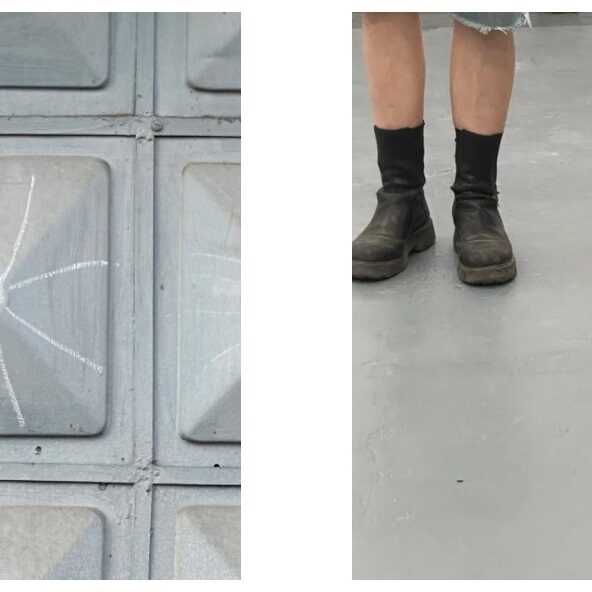
It appears that the local art scene is finally getting on board with the pre-Christmas, pre-New Year Eve marketing bandwagon with a number of events featuring an assortment of arts and crafts events for those who might want to look beyond the brand sales at their local malls. As usual, the independent artist-run space DDD Kunst House has taken a more inventive approach with a project that looks like a cross between an interactive installation and a market stall. Up until December 31, visitors to the gallery can “discover selected vintage items, art materials for creatives, and artworks—or stumble upon something entirely unexpected.” The idea is to establish a stronger, more emotionally-resonant bond between the makers, the buyers and the objects, as consumers are invited to turn the process of buying into an act of creativity and connection. Cheers to that!
Exhibition: “long days”
Where: DDD Kunst House
51 Mashtots Ave., Yerevan
Dates: Open until December 31
•
Charity Art Auction
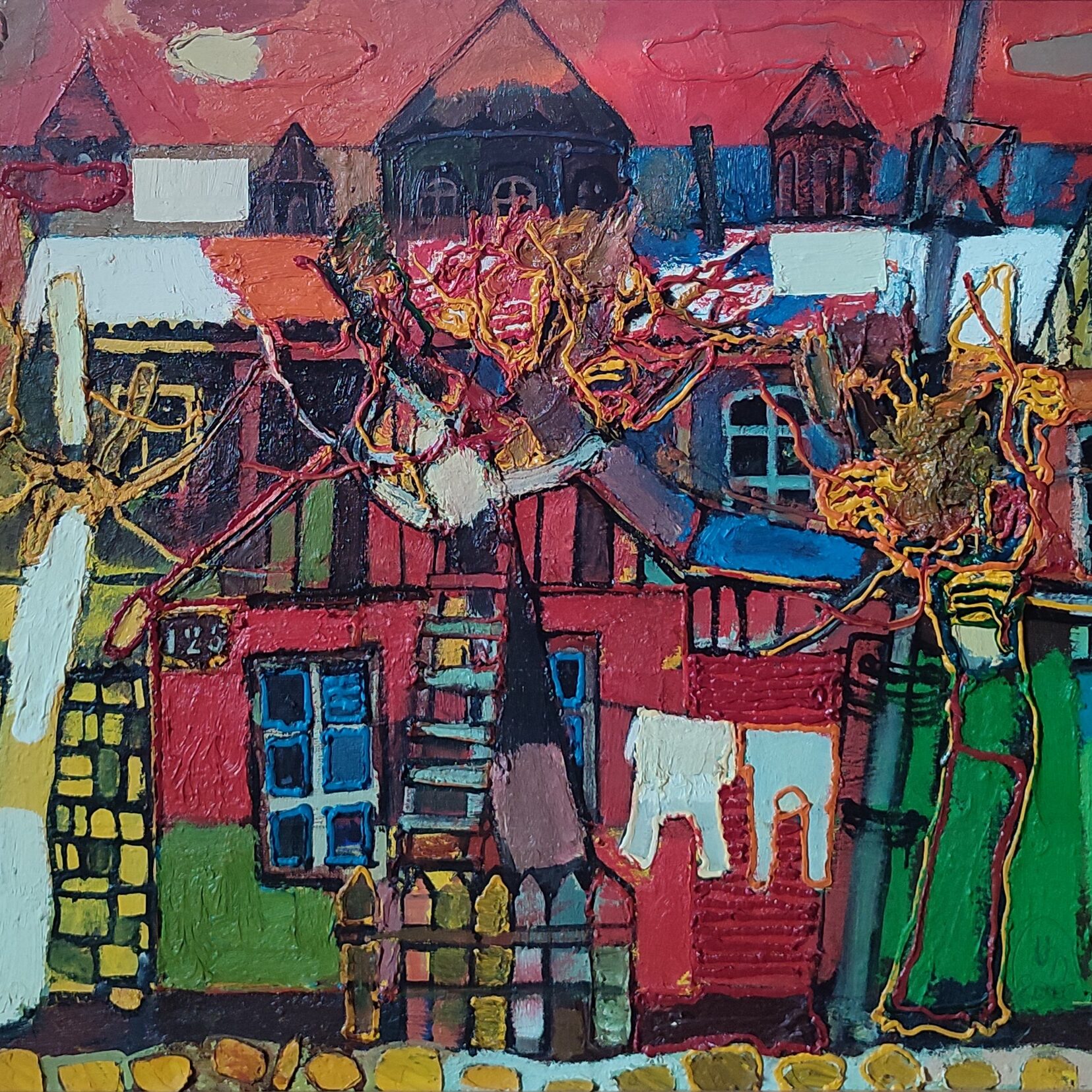
A clear indicator that we do things differently in Armenia is the glaring absence of any established art auctions in the country. While there’ve been some attempts over the past three decades, none of these initiatives had any longevity or much of an impact on the local art scene, which has tumbled along, immune to the cut-throat mechanisms of the international market. But the somewhat enigmatic outfit called Arman Antiques appears determined to change that. The company has already hosted a number of art auctions over the past couple of years with a mixture of works by some established Armenian, Russian and even Chinese artists, and the usual salonesque fare one can find at such low-brow sales. Their latest charity event at the Artist’s Union will offer more of the same at medium-range prices that might seem excessive in Armenia’s economic context, but would be quite standard at any American or European art auction. So, if you have a few spare grand and an empty space on your walls requiring a “prestige” piece, then you can pick-up a nice investment piece by Sarkis Hamalbashyan or some other commercially-viable artist, while experiencing the addictive thrill of bidding.
Auction: Charity Auction
Where: X-Tech Creative Studio
16 Abovyan St., Yerevan
Dates: December 18, 6 p.m.
•
SEMINAR
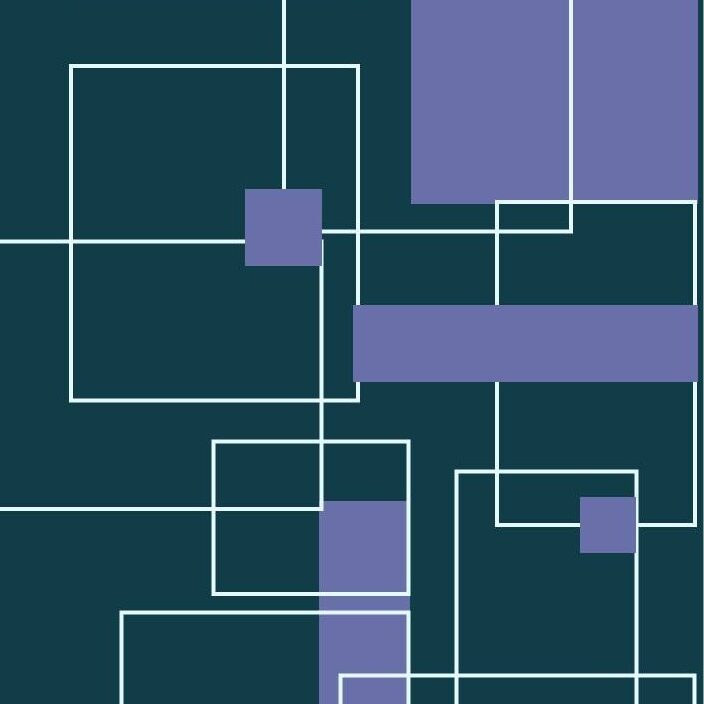
All those who are interested in the processes and methods of curating must be following the seminar series organized by the State Fine Art Academy of Armenia over the past few months. Featuring a diverse range of local and invited specialists, the seminars have covered the curatorial profession from very different angles and perspectives, which provide an invaluable introduction to aspiring students and individuals interested in this line of work. The latest speaker in the series is Choghakate Kazarian, a New-York based curator who served in this capacity at the Musée d’Art Moderne de la Ville de Paris, where she organized a number of acclaimed exhibitions like “Lucio Fontana: Sculpture”. Using her considerable experience of working between the two main art capitals of the world, Kazarian will discuss the theoretical and practical logistics that underlie even modestly-sized exhibitions at major museums—an aspect of these events that largely stays hidden from visitors. So, if you’d like to get an idea of what it just takes to put world-class masterpieces on view, then make sure you don’t miss this chance to meet and hear Choghakate.
Presentation: Behind the scenes: curating “Lucio Fontana, rétrospective” and “Immersion: Les origines, 1949-1969”, Choghakate Kazarian
Where: Albert & Tove Boyajian Gallery YerevanX-Tech Creative Studio
36 Isahakyan St., Yerevan
Dates: December 17, 2 p.m.
•
SCREENINGS
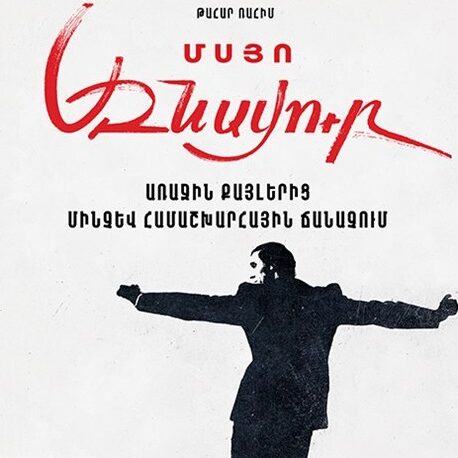
There was a lot of anticipation surrounding the production of the first biopic on Charles Aznavour. The decision to cast the French-Algerian star Tahar Rahim in the lead raised some concerns, along with the fact that the film would be helmed by the creative duo Grand Corps Malade and Mehdi Idir, who come from music video and slam-poetry background. Could this culturally-unrelated creative group really convey the complex story of an Armenian migrant who rises from rags to international fame as a kind of a revenge against his historical circumstances? After Monsieur Aznavour‘s Yerevan premiere in November, we can commend the filmmakers for treating Aznavour’s life as being equally representative of the French, as much as it is of diasporan-Armenian experience. The officially-approved drama follows the great singer from his humble childhood days as his parents struggle to eke out a living, to his gradual evolution as a multi-millionaire with a massive catalogue of world-famous hits. It’s a story full of exhilarating triumphs and personal tragedy, underpinned by Rahim’s passionately committed, albeit somewhat manneristic performance. Unfortunately, though the film is full of beautifully recreated historical detail and critical insight into Aznavour’s obsessive quest for fame, it is too concerned with hurriedly ticking all the biographical twists and turns of the singer’s life to be anything more than a generic sketch, despite its nearly two and half hour running time. Still, the film’s cultural (and dare I say, political) significance outweighs its lack of artistic ambition, and lovers of Aznavour’s music will find plenty of moving revelations in this earnest and reverential ode to his undying legacy.
Screening: Monsieur Aznavour
Where: All movie theaters in Yerevan
Dates: From December 5

